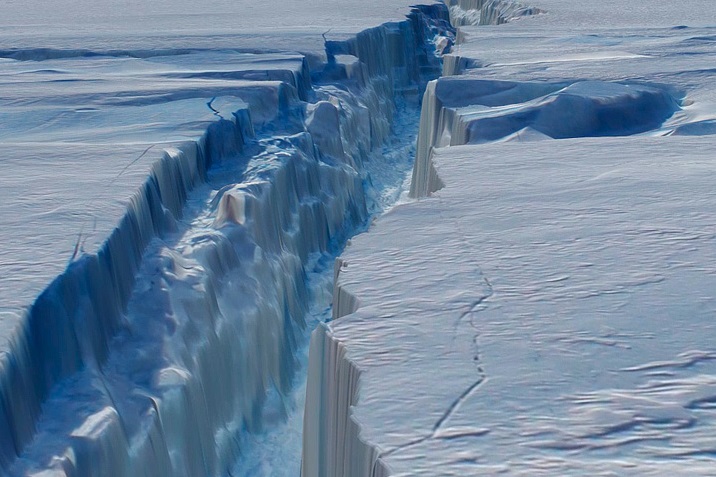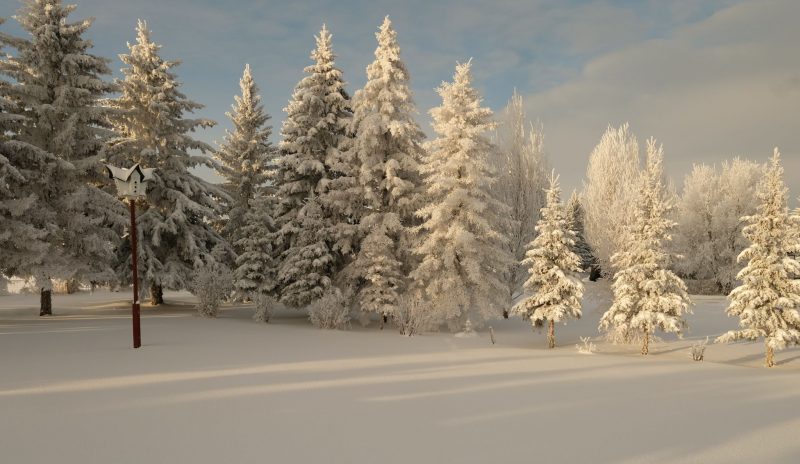
Can it be too cold to snow?
It rarely snows when the temperature drops below zero degrees Fahrenheit (-18 degrees Celsius). So can it be too cold to snow? It can snow when it’s very cold. As a matter of fact, snow can fall even in the coldest places on Earth, such as Antarctica, where temperatures are well below zero.
It turns out that moisture is more important than temperature.
When moist air rises and cools, the water starts to cling to floating particles of dust or pollen. If it’s cold enough, the water freezes into the complex ice crystals we call snowflakes. Generally, the colder it gets, the easier it is for snowflakes to form. If there’s enough water, the flakes can get large and the snow can fall.

Moisture determines if snow reaches the ground
So it can’t be too cold to snow – but it can be too dry to snow. If it’s too dry, snow crystals may form – but there isn’t enough water left to build large flakes. So any flakes that do form are so small that they evaporate before reaching the ground. The colder it is – the faster all this happens – so it might seem too cold to snow.
No matter how cold a snow-producing cloud is, if it finds a new source of water, it can build big snowflakes again. That’s why Buffalo, New York is known for its snow. No matter how cold it gets there, the clouds can pick up water from nearby Lake Erie to make plenty of snow.
Bottom line: Can it ever be too cold to snow? The fact is, no matter how cold a snow-producing cloud is, if it has a source of water, it can build big snowflakes.
Read: How do snowflakes form? Get the science behind snow
Read: Are 2 snowflakes ever the same?
The post Too cold to snow? Is that possible? first appeared on EarthSky.
0 Commentaires